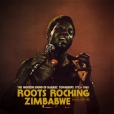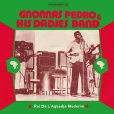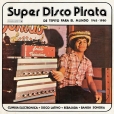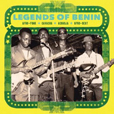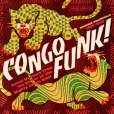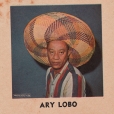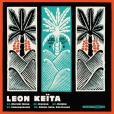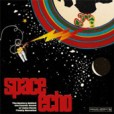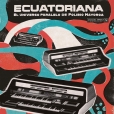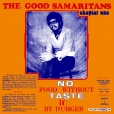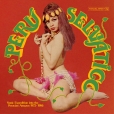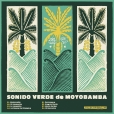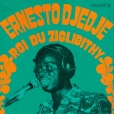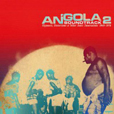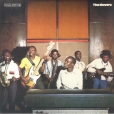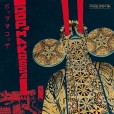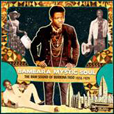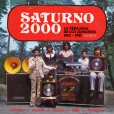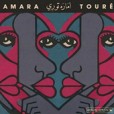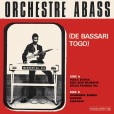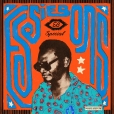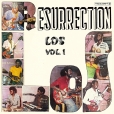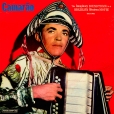Your basket is empty

An insurgent blend of rock, rumba, soul and traditional grooves.
Including never-before-released recordings by legends like Thomas Mapfumo and Oliver
Mtukudzi, amongst many others.
The full Analog Africa treatment at last for the star of their Legends of Benin compilation, back in 2009. A thrilling, utterly unique blend of Agbadja, Cuban fon, jerk, highlife, and other African rhythms, sung in Fon, Mina, Yoruba, French, English, and Spanish,
Warmly recommended.
Bangers drawn from the bootleg compilation LPs — ‘pirata’ — which were all the rage in 1980s Mexico City, The hottest, rarest hits from Peru, Ecuador, Colombia, and beyond — edited, tweaked, EQ-manipulated and pitched-down, to suit the sonideros running the city’s mobile soundsystems.
Also sub-titled ‘Kinshasa/Brazzaville 1969-1982’.
‘These new sounds emerged at a time when the Congolese record industry – previously dominated by European major labels – was experiencing a period of decline due to rising production costs.The void was filled by dozens of entrepreneurs willing to take chances on smaller scale releases. It was the beginning of a golden age for Congolese independent record labels, and the best of them – Cover N°1, Mondenge, Editions Moninga, Super Contact – preserved the work of some of the region’s finest artists, while launching a generation of younger musicians into the spotlight.
‘Congo Funk! is the story of these sounds and labels, but also it is the story of two cities, separated by water but united by an indestructible groove. The fourteen songs on this album showcase the many facets of the Congolese capitals, and highlight the bands and artists, famous and obscure, who pushed Rumba to new heights and ultimately influenced the musical landscape of the entire continent and beyond.’
Ary was the most celebrated of those singers and songwriters emerging from Belem do Para in the 1950s, with deep Afro-Brazilian roots. He kick-started the sixties with his best LP Aqui Mora O Ritmo, The Rhythm Is Here. One year later his album Cheguei Na Lua (I Landed On The Moon) revealed his passion for space travelling and for the moon in particular. He released one LP per year till he left RCA in 1966. He made a ton of money and lived notoriously large.
The sleeve-notes of his 1958 debut Forro Con Ary Lobo are quick to nail his accomplishment: ‘An absolute master of Baiao, Coco, Batuque and other related musical genres, and the owner of an art one hundred percent his own, Ary Lobo is the ideal
interpreter of northeastern songs.’
The kind of expert, dancefloor-attuned compilation we take for granted from this label; with a generous fanzine-style booklet, stuffed with snaps and interviews. That opening track, though, is one step beyond… Bim!
LP back at last.
‘Returning from Paris home to Côte d‘Ivoire in 1974, Ernesto began looking for like-minded musicians to form the mighty Ziglibithiens. Diabo Steck (drums), Bamba Yang (keyboards & guitar), Léon Sina (guitar) and Assalé Best (saxophone) would become the core of the group and together with Ernesto they began thinking of ways of combining the rhythms and chants of the Bété people together with makossa, funk and disco. He called his experiment Ziglibithy and his first two albums — recorded at the EMI studios in 1977 in Lagos and released on the Badmos label — took West Africa by storm, turning Ernesto Djédjé into an icon overnight, and one of the all-time legends of African music.
‘The song Zighlibitiens, brought to Colombia by an aeronautical mechanic in the early 1980, would become a huge hit on the Caribbean Coast. Renamed El Tigre by locals soundsystem operators, it attained holy-grail status in Barranquilla and Cartagena. Setting fire to innumerable local parties, it has become one of the most sought-after albums in that part of the world. And so while Ziglibithy has mostly disappeared from the airwaves of its country of birth, on the other side of the Atlantic, its fire continues to shine bright.’
Afro-Funk mixed with traditional Islamic rhythms and Afro-Latin sounds spread by visiting Cuban ensembles — and most of all the Mandingue melodies and guitar techniques of Mali and Guinea.
Hotly recommended, utterly ravishing Cubanismo by the great Amara Toure from Guinée Conakry. All ten releases, 1973 and 1980, starting with three sublime 7” singles recorded in Cameroon with the Black & White group, and ending with the LP recorded in Gabon, when AT was with the Orchestre Massako.
‘Latin music, is it really foreign to us Africans? I don’t think so. Listen to the drums, to the rhythm. It all seems very close to us - it feels like it’s our own culture.’

